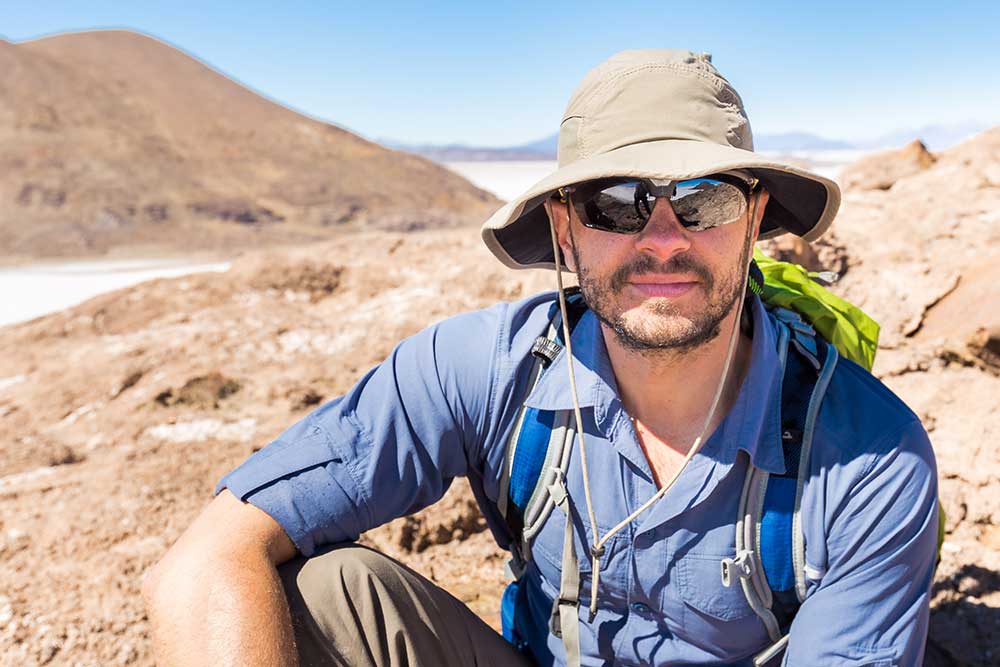All Categories
Featured
Table of Contents
Geophysical Consulting in Lynwood Australia 2022

(PREM)., and the boundaries in between layers of the mantle are constant with phase shifts.

This makes plate tectonics possible. Schematic of Earth's magnetosphere. The solar wind circulations from left to right. If a world's magnetic field is strong enough, its interaction with the solar wind forms a magnetosphere. Early space probes drawn up the gross dimensions of the Earth's electromagnetic field, which extends about 10 Earth radii towards the Sun.
Inside the magnetosphere, there are relatively thick areas of solar wind particles called the Van Allen radiation belts. Geophysical measurements are normally at a specific time and place.
Integrated Geophysical Surveys For The Safety in Seville Grove Oz 2022
A three-dimensional position is determined utilizing messages from 4 or more visible satellites and referred to the 1980 Geodetic Reference System. An option, optical astronomy, combines astronomical coordinates and the regional gravity vector to get geodetic collaborates. This approach just supplies the position in two coordinates and is more challenging to use than GPS.
Relative positions of two or more points can be figured out using very-long-baseline interferometry. Gravity measurements entered into geodesy since they were required to related measurements at the surface of the Earth to the recommendation coordinate system. Gravity measurements on land can be made using gravimeters deployed either on the surface area or in helicopter flyovers.
Sea level can also be determined by satellites using radar altimetry, contributing to a more accurate geoid. In 2002, NASA introduced the Gravity Healing and Climate Experiment (GRACE), in which 2 twin satellites map variations in Earth's gravity field by making measurements of the range in between the two satellites using GPS and a microwave varying system. , which are studied through geophysics and space physics.
Geophysicists in Wembley Oz 2023

Given that geophysics is concerned with the shape of the Earth, and by extension the mapping of functions around and in the planet, geophysical measurements consist of high accuracy GPS measurements. As soon as the geophysical measurements have been processed and inverted, the analyzed outcomes are outlined using GIS.
Lots of geophysics business have actually created in-house geophysics programs that pre-date Arc, GIS and Geo, Soft in order to meet the visualization requirements of a geophysical dataset. Expedition geophysics is used geophysics that typically uses remote sensing platforms such as; satellites, airplane, ships, boats, rovers, drones, borehole noticing equipment, and seismic receivers.
For circumstances, aeromagnetic information (aircraft collected magnetic information) collected utilizing standard fixed-wing airplane platforms should be corrected for electro-magnetic eddy currents that are created as the airplane moves through Earth's electromagnetic field. There are also corrections associated with modifications in determined prospective field intensity as the Earth rotates, as the Earth orbits the Sun, and as the moon orbits the Earth.
Working As A Geophysicist And Oceanographer In Canada in Daglish Western Australia 2022
Signal processing involves the correction of time-series information for undesirable noise or errors introduced by the measurement platform, such as airplane vibrations in gravity data. It likewise involves the decrease of sources of sound, such as diurnal corrections in magnetic information. In seismic information, electro-magnetic information, and gravity information, processing continues after mistake corrections to include computational geophysics which lead to the last interpretation of the geophysical data into a geological analysis of the geophysical measurements Geophysics became a different discipline only in the 19th century, from the intersection of physical location, geology, astronomy, meteorology, and physics.
The magnetic compass existed in China back as far as the fourth century BC. It was used as much for feng shui when it comes to navigation on land. It was not up until great steel needles might be forged that compasses were used for navigation at sea; before that, they could not keep their magnetism enough time to be useful.
By looking at which of eight toads had the ball, one could figure out the instructions of the earthquake.'s (1600 ), a report of a series of precise experiments in magnetism.
Geophysicist, Exploration - Job Descriptions in Westminster WA 2021
In 1687 Isaac Newton released his, which not just laid the foundations for classical mechanics and gravitation Likewise discussed a range of geophysical phenomena such as the tides and the precession of the equinox. The first seismometer, an instrument efficient in keeping a constant record of seismic activity, was developed by James Forbes in 1844. Dietmar; Sdrolias, Maria; Gaina, Carmen; Roest, Walter R. (April 2008). "Age, spreading out rates, and spreading asymmetry of the world's ocean crust". Geochemistry, Geophysics, Geosystems. 9 (4 ): Q04006. Bibcode:2008 GGG ... 9. 4006M. doi:10. 1029/2007GC001743. S2CID 15960331. "Earth's Inconstant Magnetic Field". science@nasa. National Aeronautics and Space Administration. 29 December 2003. Obtained 13 November 2018.
Leipzig. Berlin (Gebruder Borntraeger). Runcorn, S.K, (editor-in-chief), 1967, International dictionary of geophysics:. Pergamon, Oxford, 2 volumes, 1,728 pp., 730 fig Geophysics, 1970, Encyclopaedia Britannica, Vol. 10, p. 202-202 Ross 1995, pp. 236242 Shearer, Peter M. (2009 ). Introduction to seismology (second ed.). Cambridge: Cambridge University Press. ISBN 9780521708425. Stphane, Sainson (2017 ).
Latest Posts
What Should I Do To Be A Geophysicist? in Subiaco WA 2022
Geophysicist - Jobs And Skills Wa in Midland Western Australia 2023
Career Guide: Geophysicist in Tapping Aus 2022